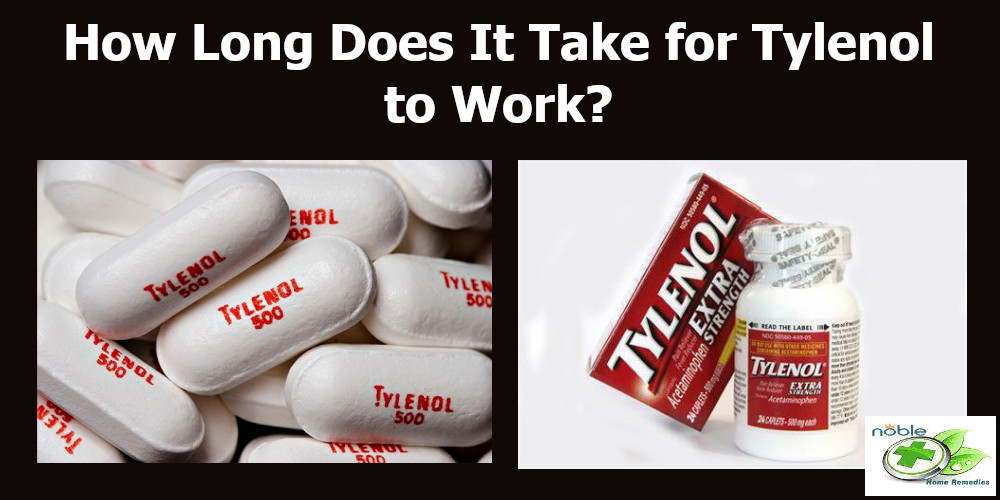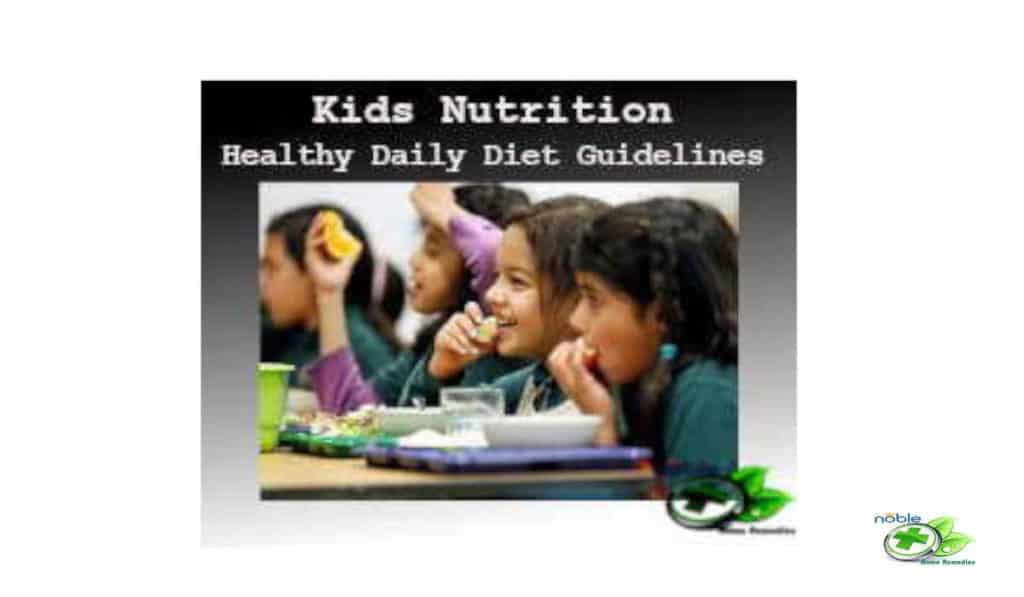Top 10 High Protein Foods According to Dietitian
Every adult should consume protein in order to maintain a healthy lifestyle. It is not just confined to those who participate in physical activities. Fulfilling the daily requirement is therefore very important. It also naturally becomes high protein food for weight loss and muscle gain. So, keep reading to understand high protein foods and their benefits.
A protein is a macronutrient that provides the body with energy. Proteins are made up of amino acids, which are the building blocks of protein. There are 20 amino acids that the body needs in order to create protein. Amino acids can be found in food, and the body can also create some of them. protein energy is used for many things, including:
- cell growth and repair
- immune function
- hormone production
- transportation of nutrients and oxygen in the blood
- fluid balance
- brain function
Energy from protein is an important part of a healthy diet, and it is essential for the proper functioning of the body. While protein is important, it is not the only source of energy for the body. Other sources of energy include carbohydrates and fats.
However, protein is widely considered to be the best energy source for the human body. Compared to other energy sources such as carbohydrates and fats, protein has a number of distinct advantages.
First, protein is more efficiently used by the body and results in less fat storage. Second, protein helps to maintain and repair muscle tissue, which is essential for both physical activity and metabolism. People also use high-protein foods for weight loss and muscle gain. As a matter of interest here are the high-protein shakes for weight loss if you wish to try them.
Protein provides a steadier source of energy that lasts longer than other energy sources. For these reasons, protein is generally considered to be the best energy source for the human body.
In addition, a protein-rich diet is essential for people with gastroparesis, a condition in which the stomach muscles don’t work properly and food doesn’t move through the stomach as it should. Therefore it is worth knowing what protein-rich foods are part of the gastroparesis diet. A Registered Dietitian can help you create a meal plan that includes enough protein to meet your needs. Here are some gastroparesis meal replacement shakes, smoothies, and soups that are high in protein.
What more! When talking of diet for kids protein food only comes at the top of the list.
How much protein do you need per day?
The table will help you to determine your protein intake by age:
| Age Group | Daily Value |
|---|---|
| Children aged 4 to 9 years | 19 grams |
| Children aged 10 to 13 years | 34 grams |
| Children aged 14 to 18 years | 46 grams |
| Men aged 19–50 years | 85 grams |
| Men aged 51 and above | 70 grams |
| Women aged 19–50 years | 70 grams |
| Women aged 51 and above need 57grams | 57 grams |
High Protein Foods and Their Weightage
Here is the list of the top 10 protein foods that you depend on to have a protein-rich diet:
Plant-Based: Protein-Rich Food Veg
Soy products:
Soy products are a popular source of protein, and they come in many different forms. tofu, tempeh, and edamame are all common soy-based foods. It can be used in a variety of recipes.

Tofu, for example, typically contains around 10 grams of protein per 1/2 cup serving. Tempeh and edamame are also good sources of protein, providing around 15 grams and 8 grams per 1/2 cup serving, respectively.
The protein weightage of soy milk is about 3 grams per cup, whereas that of tofu is about 10-19 grams per cup.
Soy protein isolate powder has a high protein content, with about 90% protein by weight.
However, it is essential to note that not all soy proteins are equal in terms of quality. Soy protein isolate powder is a complete protein, containing all the essential amino acids required by the body.
In contrast, soy milk and tofu are incomplete proteins that are missing one or more essential amino acids.
Nevertheless, soy products are one the high protein foods for vegetarians and vegans. They can be used to increase protein intake without resorting to animal-based foods.
So if you’re looking for protein-rich food, soy products are a great option. Soy products are also low in fat and cholesterol, making them a healthy choice for those looking to improve their overall health.
Nuts and seeds:
Nuts and seeds are a good source of protein, providing around 5-10 grams per ¼ cup (30 grams).
In fact, nuts and seeds’ weightage for protein is higher than for any other macronutrient.
Nuts and seeds also provide a significant amount of the Daily Value (DV) for protein.
For example, a one-ounce serving of almonds has 6 grams of protein, while a one-ounce serving of sunflower seeds has 7 grams of protein.
Another way to look at this is a one-ounce serving of pistachios provides 35% of the DV for protein, while a one-ounce serving of pumpkin seeds provides 50% of the DV for protein.
This compares favorably to the protein content of other popular snacks, such as pretzels (3 grams per ounce) and potato chips (2 grams per ounce).
They are also a good source of healthy fats, fiber, and a range of vitamins and minerals. The consumption of almond milk is also a good way to get enough protein.
Nuts and seeds make great snacks and protein smoothies. Also, it can be added to a variety of dishes to boost the protein content.
Legumes:
Legumes, such as beans, lentils, and peas, are a good source of protein.
Protein in Legumes makes up about 16 percent of the dry weight of most plant seeds.
A one-cup (170-gram) serving of cooked black beans provides around 15 grams of protein, while a one-cup (198-gram) serving of cooked lentils provides 18 grams of protein.
protein in Legumes may be beneficial for people who want to increase their protein intake or who do not eat meat, poultry, or fish.
Legumes are also a good source of fiber and a range of vitamins and minerals.
Quinoa:
Quinoa is a protein-rich food that has been cultivated for millennia in the Andean mountains. Today, it is enjoyed by people all over the world as a nutritious and versatile ingredient.
Quinoa is particularly high in protein, providing all the essential amino acids that the body needs to function properly.
This makes it an excellent choice for athletes, bodybuilders, and anyone who wants to maintain a healthy weight.
Quinoa is also a good source of dietary fiber, vitamins, and minerals. When cooked, it has a fluffy texture and a nutty flavor that pairs well with many different dishes.
Whether you’re looking for a protein-packed breakfast or a filling side dish, quinoa is a delicious and nutritious option.
Animal Based Proteins
Chicken:
Chicken is one of the popular sources of high protein low-fat foods and calories. It provides about 20% of the Daily Value (DV) of protein in a 3-ounce serving.

Chicken is a relatively lean source of protein, with most of the fat concentrated in the skin. So, you could avoid eating the skin.
It is also a good source of B vitamins, phosphorus, and selenium. A 3-ounce serving of cooked chicken breast contains about 140 calories and 3 grams of fat, including less than 1 gram of saturated fat. Chicken also provides a decent amount of iron, potassium, and zinc.
A moderate amount of high-quality protein is needed to support muscle growth, and chicken provides an excellent option. Adding chicken to your diet can help you reach your protein needs.
Beef:
Beef is an excellent source of protein, providing all the essential amino acids your body needs to perform optimally.
On average, beef contains about 26 grams of protein per 100 grams (3.5 ounces). This protein content varies depending on the cut and fat content of the beef.
When choosing beef, look for cuts that are high in protein and low in fat. Leaner cuts of beef will have a higher protein weightage than those with more fat. These cuts will help you meet your protein needs without excess calories.
In addition to protein, beef also provides a good source of other nutrients, such as iron, zinc, and vitamin B12.
Pork:
The protein weightage of pork is determined by the amount of muscle, fat, and connective tissue in the meat.
In general, leaner cuts of pork have a higher protein weightage than fatty cuts. For example, a pork loin roast typically has a protein weightage of around 65%, while a pork belly steak may have a protein weightage as low as 50%.
The protein weightage of ground pork varies depending on the fat content of the grind but is typically between 50-60%.
Pork contains 27 grams in a 3-ounce serving. Pork tenderloin is particularly lean, with less than 10 grams of fat in a 3-ounce serving. In comparison, a 3-ounce serving of pork shoulder contains more than triple the amount of fat.
Fat is an important component of pork, as it helps to improve flavor and juiciness. However, too much fat can lead to health problems. For this reason, it is important to choose lean cuts of pork when possible.
It is also a good source of several vitamins and minerals, including thiamin, vitamin B6, phosphorus, magnesium, and zinc.
Fish:
It is generally accepted that fish is a healthy food. It is a good source of protein, and it is low in saturated fat. It also contains most of the essential amino acids needed by the body for growth and maintenance.
Fish is also a good source of omega-3 fatty acids, which are beneficial for heart health.
Fish is typically classified as either whitefish or oily fish. Whitefish, such as cod, haddock, and sole, are lower in fat than oily fish, such as salmon, trout, and tuna. Oily fish is a better source of omega-3 fatty acids.
The recommended intake of fish for adults is two servings per week.
One serving is equivalent to 3 ounces (85 grams) of cooked fish or ¾ cup (170 grams) of cooked fish fillet.
Fish protein makes up around 20% of the total protein intake in the average diet. So eating just one serving of fish could provide a significant portion of this protein requirement.
Including fish as part of a healthy diet can help to ensure that protein needs are met without consuming excessive amounts of saturated fat or cholesterol.
Choose a variety of whitefish and oily fish to get the most benefit from the nutrients they offer.
Eggs:
Eggs are a good source of protein, providing about 6 grams per large egg. This is about 12% of the daily value (DV).
This makes them a weight-loss-friendly food, as protein helps to increase feelings of fullness and reduce cravings.
But eggs aren’t just any protein, they’re high-quality protein. This means that they contain most of the essential amino acids your body needs to function optimally.
In addition, eggs provide a range of other nutrients, including vitamins A, B12, and D, as well as choline.
Choline is important for brain health, and research suggests that it may help to improve memory and cognitive function.
Overall, eggs are a nutritious food that can be enjoyed as part of a healthy diet.
Dairy products:
Dairy products are affluent in protein, providing a major source of protein for many people. it is providing about 20% of the Daily Value (DV) in a cup (8 ounces) of milk.
A cup of milk contains 8 grams of protein, while a cup of yogurt contains about 12 grams. Cheese is also an excellent source of protein, with around 7 grams per ounce.
In addition to being high in protein, dairy products are also a good source of calcium and other minerals.
Protein: How to Include In Your Diet
Protein is an important part of a balanced diet, but getting enough might be challenging if you don’t eat meat or other high-protein foods. Here are ten simple strategies to ensure you receive enough protein:
- Eat Eggs. One big egg has six grams of protein and is simple to boil and include in meals.
- Include protein-rich foods in all of your meals. A handful of almonds, a dollop of peanut butter, or some cooked beans or lentils could suffice.
- Use a protein powder. Mix it into smoothies, oatmeal, or baking recipes for an extra protein boost.
- Snack on plain Greek yogurt. It’s high in protein and can be eaten simply or with fruit or honey for sweetness.
- Take some cottage cheese. It’s a terrific source of protein, and you can eat it simply or add it to salads or other foods.
- Eat a high-protein breakfast. Start your day with eggs, nuts, peanut butter, oatmeal, or a protein drink.
- Make a nutritious wrap or sandwich. Fill whole-wheat bread with chicken, tuna, or beans.
- Cook some chicken or fish on the grill. These lean protein sources go well with any meal.
- Have a bowl of chili. Chili is a robust and delicious dinner because it contains beans and ground beef, both of which are high in protein.
- Make a nutritious snack. For a delightful and nutritious snack, combine nuts, seeds, and dried fruit.
Side Effects from Excess Intake of Protein
When it comes to protein, more is not always better. In fact, eating too much protein can actually have a number of adverse side effects.
For starters, protein is hard on the kidneys and can lead to kidney damage over time. Excess protein can also increase calcium loss from the bones, which can lead to osteoporosis.
In addition, protein-rich diets are often high in saturated fat and cholesterol, contributing to heart disease.
Protein is broken down into amino acids in the body, and if there are too many amino acids present, they can be converted into glucose and stored as fat.
Always tried the main daily value of 56 grams a day recommended by the FDA.
Takeaway
All of the foods on our list are excellent sources of high-quality protein. They provide a range of other important nutrients, including vitamins and minerals, healthy fats, and fiber.
Protein is an essential nutrient that plays a role in many aspects of health. It’s important to include plenty of high-quality protein in your diet, especially if you’re trying to lose weight or build muscle. These are high protein low fat foods. No doubt ideal protein foods for bodybuilding as well.
Source:
Noble Home Remedies adheres to rigorous sourcing standards, drawing information from peer-reviewed studies, reputable academic research institutions, and esteemed medical journals and associations. We prioritize using high-quality, trustworthy sources to maintain the accuracy and integrity of our content. You can learn more about how we ensure our content is accurate and current by reading our editorial policy.
- High protein foods from my food data – https://www.myfooddata.com/articles/foods-high-in-protein.php
- Dietary proteins – Medicine Plus – https://medlineplus.gov/dietaryproteins.html
- Foods Central Data of USDA – https://fdc.nal.usda.gov/
- Protein – https://www.betterhealth.vic.gov.au/health/healthyliving/protein
- Protein Foods – https://www.myplate.gov/eat-healthy/protein-foods
- Chicken, broilers or fryers, breast, meat only, cooked, roasted – https://fdc.nal.usda.gov/fdc-app.html#/food-details/171477/nutrients
- Lentils, mature seeds, cooked, boiled, without salt – https://fdc.nal.usda.gov/fdc-app.html#/food-details/172421/nutrients
- Clinical Evidence and Mechanisms of High-Protein Diet-Induced Weight Loss – https://www.ncbi.nlm.nih.gov/pmc/articles/PMC7539343/
- A high-protein diet for reducing body fat – https://www.ncbi.nlm.nih.gov/pmc/articles/PMC4258944/
FAQ
Which daily food has the most protein?
There are many different foods that are high in protein, but some stand out more than others. Here are the top 10 protein content of foods per 100g:
Chicken – 75 grams
Beef – 65 grams
Fish – 50 grams
Eggs – 40 grams
tofu – 37 grams
lentils – 35 grams
kidney beans – 30 grams
chickpeas – 28 grams
tempeh – 26 grams
quinoa – 24 grams
As you can see, there are many different foods that are high in protein. If you are looking to increase your protein intake, then these are some of the best options to consider.
What 3 foods contain the highest amount of protein?
There are a lot of foods that contain high levels of protein, but these three foods stand out above the rest
.
Eggs – A single egg contains 6 grams of protein, and they are also packed with nutrients like vitamin D, B6, and B12.
Chicken – Chicken is a great source of lean protein, and a single breast contains around 27 grams of protein.
Fish – Fish is an excellent source of protein and omega-3 fatty acids, and a 6-ounce fillet of salmon contains around 34 grams of protein.
Trust in your purchase:
Every product featured on our site has been carefully researched and selected based on quality, customer ratings, and positive reviews to ensure you receive excellent value for your money.
Please note:
This post contains affiliate links. If you make a purchase through these links, we may earn a small commission at no additional cost to you. This helps support our site and allows us to continue bringing you valuable content. Thank you!
Thank you for your precious time spent with NobleHomeRemedies.
You may also like:
Doctor Natural Remedies
Natural remedies have been a cornerstone of wellness for millennia, passed down through generations in…
Fordyce Spots vs Pimples
Fordyce Spots vs Pimples: 5 Disturbing Misconceptions Have you ever noticed small, white bumps on…
How Long Does Tylenol Take to Work?
How long does it take for Tylenol to Work? Its 20 to 30 Minutes There…
Black Mold on Window Sills: Removal and Prevention
Black Mold on Window Sills: Removal and Prevention Have you ever noticed the black mold…
Does Nyquil Make You Sleepy
Does Nyquil Make You Sleepy? : Find the Surprising Answer! Nyquil is a popular over-the-counter…
Kids Nutrition – Healthy Diet Guidelines
Kids Nutrition – Healthy Diet Guidelines Dear mothers, knowing your Kid’s Nutrition intake levels with…






